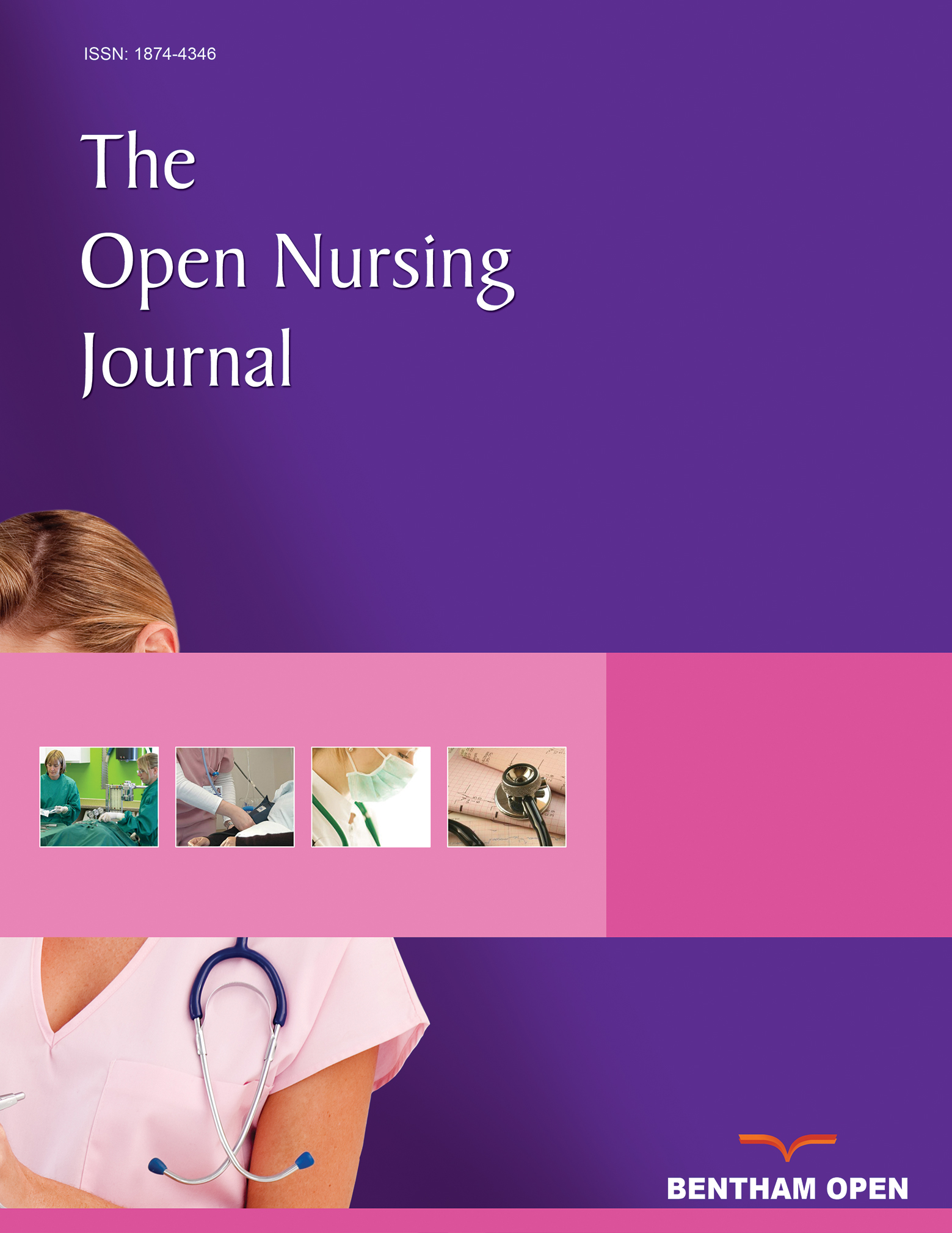Interventions to Reduce Adult Nursing Turnover: A Systematic Review of Systematic Reviews
Abstract
Background:
Nurse turnover is an issue of concern in health care systems internationally. Understanding which interventions are effective to reduce turnover rates is important to managers and health care organisations. Despite a plethora of reviews of such interventions, strength of evidence is hard to determine.
Objective:
We aimed to review literature on interventions to reduce turnover in nurses working in the adult health care services in developed economies.
Method:
We conducted an overview (systematic review of systematic reviews) using the Cochrane Database of Systematic Reviews, MEDLINE, EMBASE, Applied Social Sciences Index and Abstracts, CINAHL plus and SCOPUS and forward searching. We included reviews published between 1990 and January 2015 in English. We carried out parallel blinded selection, extraction of data and assessment of bias, using the Assessment of Multiple Systematic Reviews. We carried out a narrative synthesis.
Results:
Despite the large body of published reviews, only seven reviews met the inclusion criteria. These provide moderate quality review evidence, albeit from poorly controlled primary studies. They provide evidence of effect of a small number of interventions which decrease turnover or increase retention of nurses, these being preceptorship of new graduates and leadership for group cohesion.
Conclusion:
We highlight that a large body of reviews does not equate with a large body of high quality evidence. Agreement as to the measures and terminology to be used together with well-designed, funded primary research to provide robust evidence for nurse and human resource managers to base their nurse retention strategies on is urgently required.


